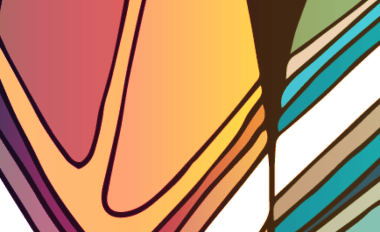This live digital event, held on Thursday 12 November 2020 (1-3pm), provided an in-depth exploration of Traditional Owner perspectives, with a live audience question time and an opportunity for greater networking with other attendees.
Nearly two hundred, live stream attendees contributed to discussing how our sites of World Heritage significance can also be sites of best practice engagement with Traditional Owners.
Australia’s Word Heritage sites range in their Traditional Owner engagement. How can we work together to improve the understanding of cultural values at these sites through working with their Traditional Owners? Indigenous People have a deep connection to and knowledge of Country going back more than 60,000 years. The participation of First Nation’s people in World Heritage management is therefore an essential part of World Heritage management for us all.
This event was presented by the World Heritage Forum and the Department of Agriculture, Water and the Environment with the Victorian Aboriginal Heritage Council.
Our panellists
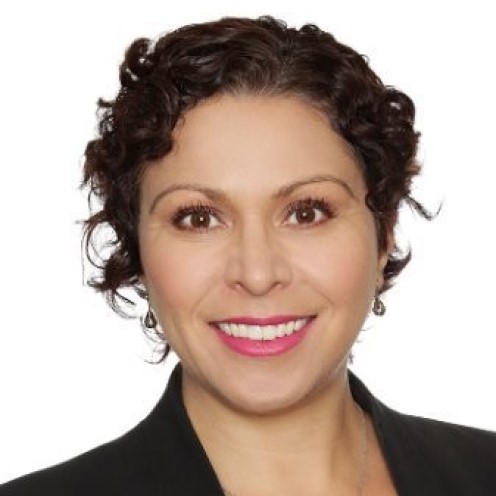
Cheryl Leavy is a Kooma Traditional Owner and Executive Director of the Partnerships Branch in Queensland Parks and Wildlife Service, Department of the Environment and Science. She is driving the implementation of the Gurra framework that will incorporate First Nations considerations and aspirations into the everyday decision making of the Parks and Wildlife Service.
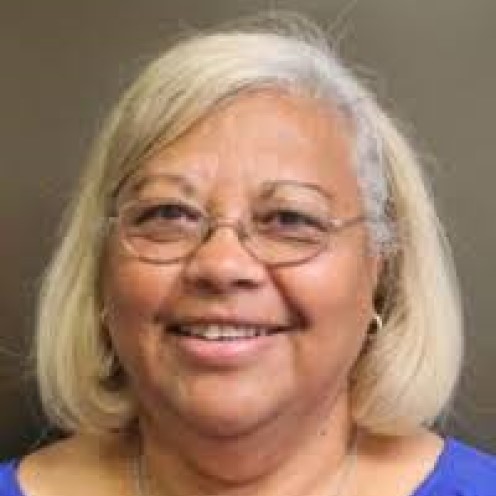
Chrissy Grant is an Aboriginal Elder (Kuku Yalanji from the Jalunji-Warra clan) and Torres Strait Islander (Mualgal from Kubin on Moa Island). Ms Grant worked at the national level for more than 35 years with communities on cultural and natural resource management and particularly with heritage management, conservation and protection as a Consultant and previously as the Director of Indigenous Heritage in the Australian Government departments of the Australian Heritage Commission (AHC) and later the Department of Environment and Heritage. She has extensive networks across the country and internationally with her work with the Convention of Biological Diversity, the ICCA Consortium, the World Indigenous Network, and the IUCN World Parks Congress.
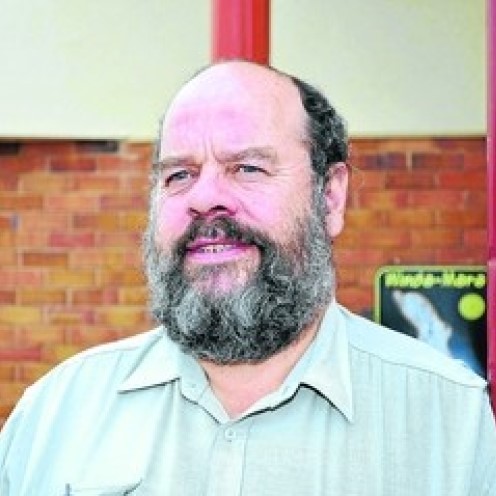
Denis is a Gunditjmara person and lives in Portland. He has had a long involvement in Aboriginal land and cultural heritage management. He is currently employed by the Gunditj Mirring Traditional Owners Aboriginal Corporation and worked on the successful World Heritage nomination for the Budj Bim lava flow. The Budj Bim lava flow has outstanding Aboriginal cultural heritage values including the world’s most ancient aquaculture sites. From 1995 until 2002 Denis was involved in the development of the Indigenous Protected Areas Program which assisted Aboriginal people throughout Australia to achieve greater control and management of their traditional lands.
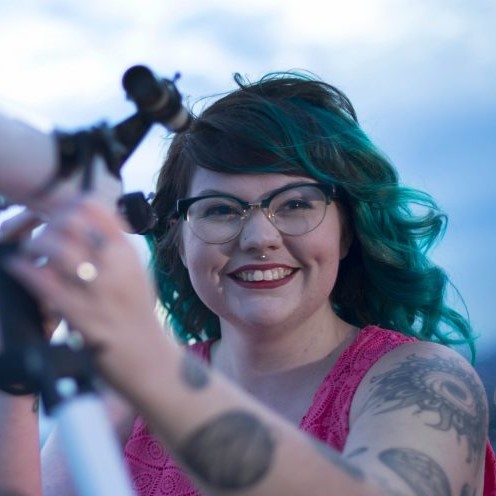
Karlie Alinta Noon is a Gamilaray astrophysicist who is passionate about Indigenous astronomical knowledge and communicating science. She was the first Indigenous female to obtain degrees in physics and mathematics, completed at the University of Newcastle in 2016. She has since completed a master's degree in astrophysics at the Australian National University in 2019. Karlie has also been an Indigenous Heritage Officer at the Department of Agriculture, Water, and the Environment since 2018, helping place Indigenous heritage sites on the National Heritage List. Karlie was an ACT Young Australian of the Year 2019 finalist and a Eureka Prize Emerging Leader 2019 finalist.
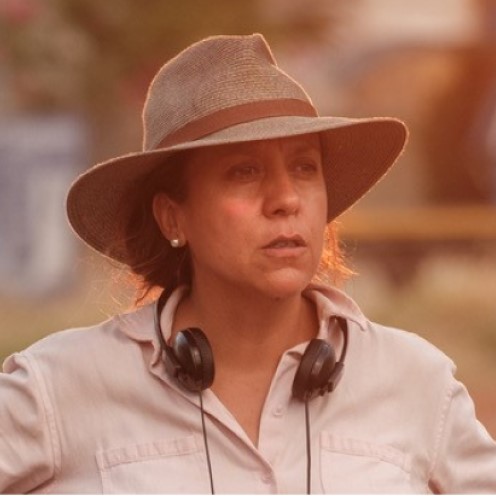
Rachel is from the Arrernte and Kalkadoon people. She is a filmmaker and primarily works through her company Blackfella Films, which she established in 1993. Her directing work includes the TV series Total Control and series one of Mystery Road. Her documentary work includes the series First Australian and movies Bran Nue Dae, Jasper Jones, Mabo, One Night the Moon and Radiance. She lives between Sydney and Alice Springs, her traditional country. With her Arrernte community, she has undertaken cultural resurgence initiatives including the recording of traditional Arrernte women’s songs and publishing of Arrernte audio language resources. She has served on a number of federal agency boards and currently serves on The Australian Heritage Council.
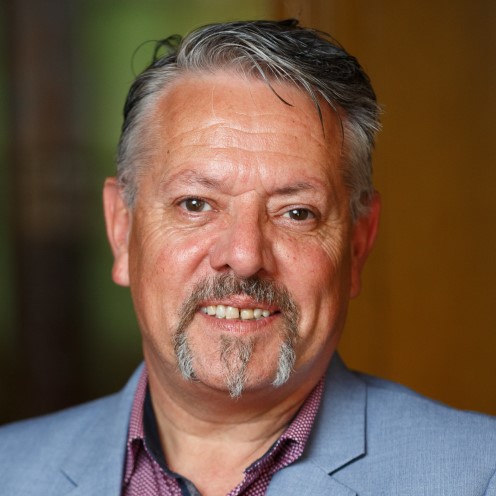
Rodney is a descendant of Dja Dja Wurrung and Yorta Yorta people and currently works for his people as the Group Chief Executive Officer of the Dja Dja Wurrung Clans Aboriginal Corporation and the Dja Dja Wurrung Enterprises Pty Ltd. He is currently Chairperson of the Victorian Aboriginal Heritage Council and has been a member of Council since its creation in 2007. A defining moment for Rodney was negotiating the Dja Dja Wurrung People's native title.
Presentations and Resources
A virtual networking event took place during the second half of the event and included these questions/topics:
- How can we work together to improve the understanding of cultural values at World Heritage sites through working with their Traditional Owners?
- How can we take practical steps to implement Dhawura Ngilan, Remembering Country: A vision for Aboriginal and Torres Strait Islander Heritage in Australia best practice standards for engagement with Traditional Owners?
- How can our sites of World Heritage significance also be sites of best practice engagement with Traditional Owners?
- What can we take practical steps to get more Australian World Heritage sites inscribed for their Indigenous Cultural Values?
- How can we support Traditional Owners in the process of registration at state and federal levels and global inscription outstanding universal values?
- Why is Australia under-represented on the World Heritage list and what can we do to change this?
Dhawura Ngilan: A vision for Aboriginal and Torres Strait Islander heritage in Australia and the Best Practice Standards in Indigenous cultural heritage management and legislation:
Access via the Australian Department of Agriculture, Water and the Environment website
- Australian Government information on identifying World Heritage
- UNESCO Operational Guidelines for the Implementation of the World Heritage Convention
- UNESCO manual on preparing World Heritage nomination
- Indigenous Communities Guide to the National Heritage List
- Engage Early - guidance for proponents on best practice Indigenous engagement for environmental assessments under the Environment Protection and Biodiversity Conservation Act 1999 (EPBC Act)
- World Heritage Nomination – Budj Bim Cultural Landscape (Video)
- Budj Bim – Gunditj Mirring Traditional Owners Aboriginal Corporation
- Budj Bim Nomination Dossier
World Heritage Listing, An Australian Government Perspective:
World Heritage Listing: An Australian Government Perspective(opens in a new window)PDF 970.94 KB“A really interesting webinar which really highlights matters relating to Indigenous heritage and World Heritage listing. Many thanks to those who organised it and to the speakers.”
“Thanks for sharing your beautiful language with us here today, speakers. It was so beautiful to hear! Thanks for the brilliant presentations too.”
“Thank you All for sharing your knowledge and wisdom - amazing work.”
“Been a brilliant session, so informative and really inspiring. Thank you to the speakers, Rachel and the organisers. You have all done a wonderful job. Thank you!”
“Thank you all presenters for your presentations and passion and Rachel for chairing this incredibly valuable session.”
“Thank you very much for your wonderful presentation from Wadawurrung country.”
“Gala mabu for such an informative and illuminating panel discussion. Looking forward to the next event.”
“Hi, from the Lands and Waters of the Kulin Nations, thanks for the interesting discussions today and for sharing your knowledge and insights.”
“Incredible speakers sharing knowledge & wisdom. We need to strengthen relationships with all stakeholders on country & educate non Indigenous people, invite them into our world. moving forward, particularly Shire councils where we have Local Cultural Heritage Area lists that don’t include Indigenous Cultural values nor have input from our WH Committee.”
“Hi from Muwinina Country. Thanks for the excellent presentations. All of them have been on-point.”
“Great conference! Would be good to have another heritage list that recognises areas that have endured intensive impacts. It seems the longer the effects of invasion, development, graffiti, urbanisation/farming etc the less able a place is to demonstrate its heritage. It is a bias against places that were probably the most frequently used - all the good soils, harbours, river areas etc.”
“I would like to pay my respects to the Traibelang Bunda people of Bundaberg and their elders past, present and emerging leaders where I am today and the Butchulla people of K'gari (Fraser Island).”
“Thank you Denis - I still cry when I watch the video when Budj Bim was announced. Thank you for being a very important part of the Australian World Heritage family.”
“Thanks everyone for taking us on a journey and welcoming us virtually across many Countries. Really appreciated. Regretfully, I sign out now as seem to be some tech issues. But really the session even so far has been really worthwhile.”
"Thank you Denis - I still cry when I watch the video when Budj Bim was announced. Thank you for being a very important part of the Australian World Heritage family “
“ THANK YOU! this has been wonderful. “
Updated
